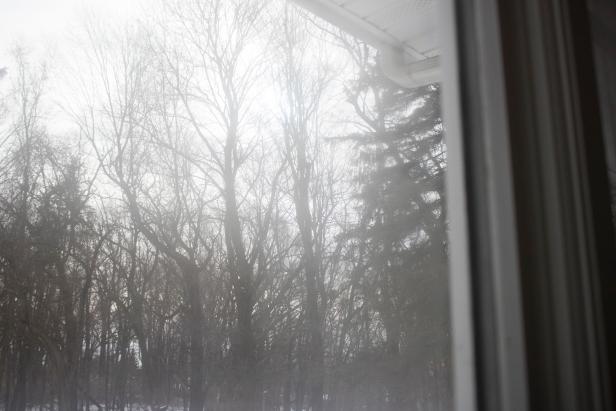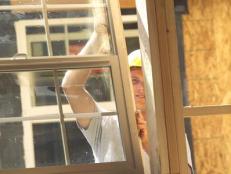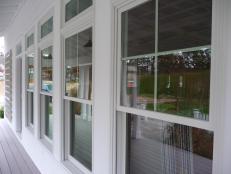Can You Fix a Broken Window Seal?
Find out if you should DIY or call a pro when your thermopane window has moisture in between the panes of glass.

I muttered various unrepeatable words to myself while assessing the haziness in the large picture window of my dining room. It was disappointing to see how the glass was failing before my eyes, increasingly foggy and riddled with moisture spots. It’s not unusual for double or triple pane (aka “thermopane”) windows to lose their effectiveness over time, but hard to determine when you need to take action. In any case, I always think it’s good to know what you’re up against so that you’re prepared for the repair process. Are your windows in trouble? Read on.

How Do You Know if Your Window Seal is Broken?
The earliest sign of a broken window seal is moisture between the layers of glass. You probably tried to wipe it away and found yourself with your nose to the glass staring it down before you realized it couldn’t be absorbed. You might see beads of water in the corners first, close to the bottom edge of the window. And it might be there some days, gone the next, simply a result of the humidity and temperatures indoors vs. outdoors. Over time, the moisture could be visible towards the center of the pane. At its worst, there may be a permanent haze, an ever-present fogginess extending across the entire pane of glass and interfering with your line of sight to the great outdoors.

Emily Fazio
How Did the Moisture Get Between the Panes of Glass?
When a window is manufactured with two or more panes of glass, the intention is to have an improved R-rating, and ultimately better insulative abilities than a single pane of glass. During manufacturing, spacers and seals are used to connect the layers of glass and keep them rigid, and argon gas is added to assist in thermal insulation efficiency. Over time, the seals can break. Rubbers can deteriorate. Moisture sneaks in slowly, usually long before the day you notice it, but quickly reduces the effectiveness of the thermal insulation.
The odds of a new window having a broken seal are small (nonetheless, it is a good reason to buy windows with an amazing warranty) but the natural deterioration of the seal with age is the biggest culprit of moisture between the panes of glass. With all types of windows, it’s more likely that the bottom of a window is most affected — after all, that’s where moisture is apt to collect and sit.
A break in the perimeter seal releases the argon gas between the layers, replacing it with ordinary air, which condensates when the temperature between indoors and out is just right. If it appears to dry up, there’s still the chance that deposits in the water could remain and dirty or scratch the inside of the panes.
Windows Buying Guide
Learn the pros and cons of different types of windows, the various styles and latest trends.
Are My Windows Letting in Cold Air Now That the Seal is Broken?
Hate to say it, but yep. However, a minor break in the seal doesn’t mean that rain and cold air will be pouring into your home; there’s still plenty of function and insulation offered by windows with a broken seal, but the R-rating and thermal insulation efficiency are compromised. You might notice that the glass is colder than it used to feel on a winter day. You might even see an increase in your energy bill, as the glass struggles to keep the warm air in and cold air out (or vice versa, on a hot and humid summer day).
Is There a DIY Fix or Should I Call a Pro?
Be wary of a DIY solution. It’s a lot of work, especially if you’re repairing a large pane of glass like a 6 x 10-foot picture window. While you could remove the pane of glass, find the break in the seal, clean the inside of the panes, have the argon glass replaced, replace all of the seals and reinstall, there’s plenty of room for error. Aside from the sheer complexity, once a seal has broken and has had moisture between the panes, water deposits could have etched the glass and may be impossible to remove (what a bummer if the window still looked foggy after all that hard work).
As I mentioned previously, it’s always worth trying to find new windows with an excellent warranty just in case this happens. Replacing the panes of glass with a new, high-quality product is the “easiest” option. Hiring a pro to replace them may be imperative to the warranty of the product you select.
Once the window is repaired, you’ll be more apt to pay close attention to the frame and window seals. Take copious notes to document the terms of your new window warranty, and be aware of the conditions of your window caulking to proactively prevent unnecessary moisture from collecting at the base of the window, which can challenge and damage the new seal over time.
11 Types of Windows 23 Photos
From bay windows to casements, learn about your options before purchasing.













































